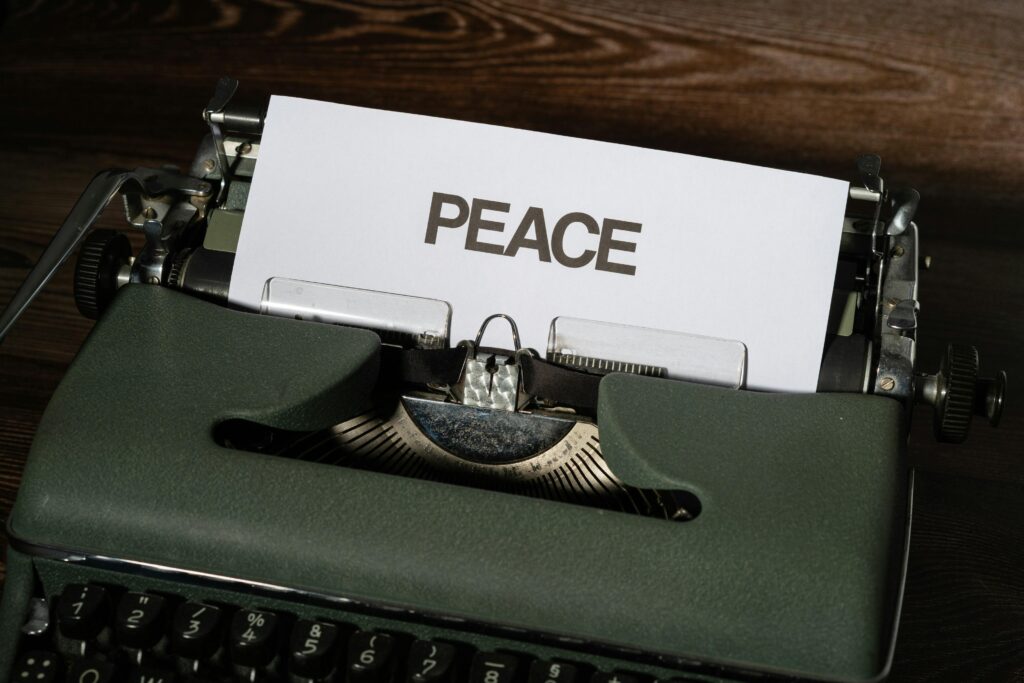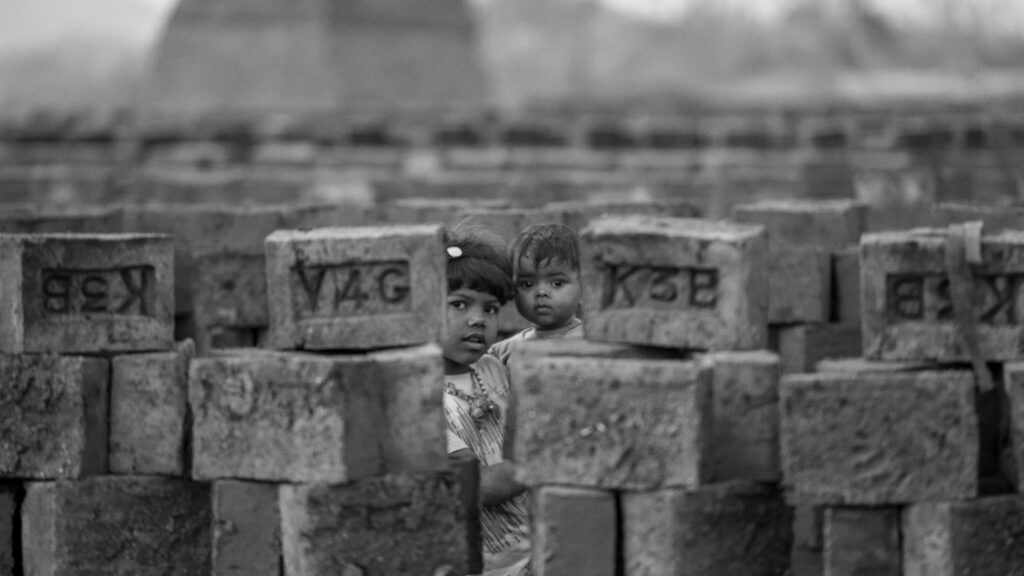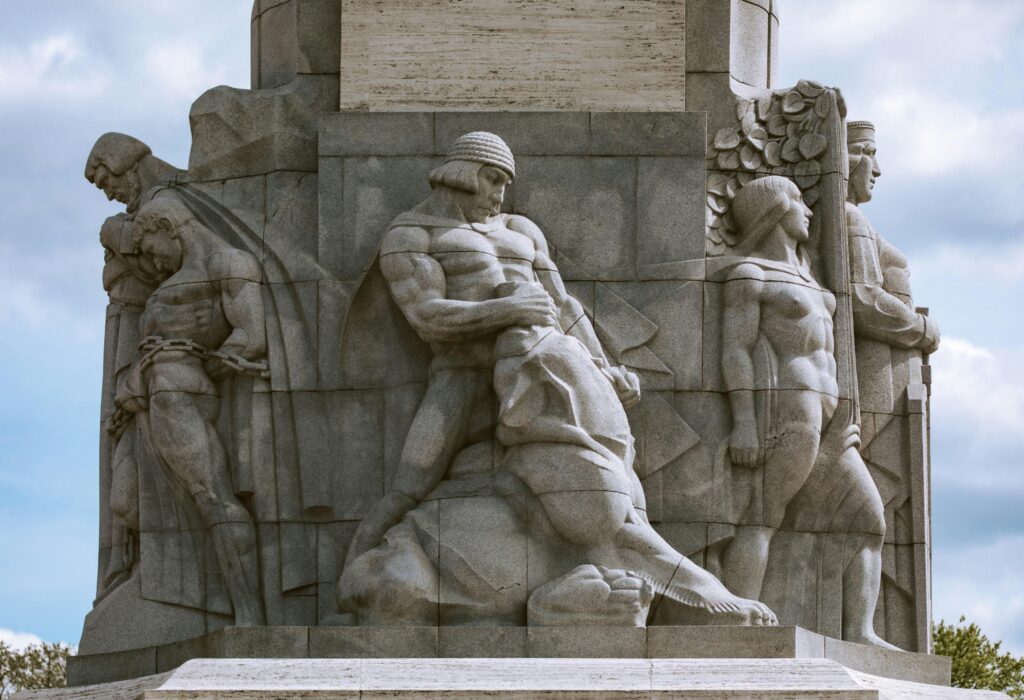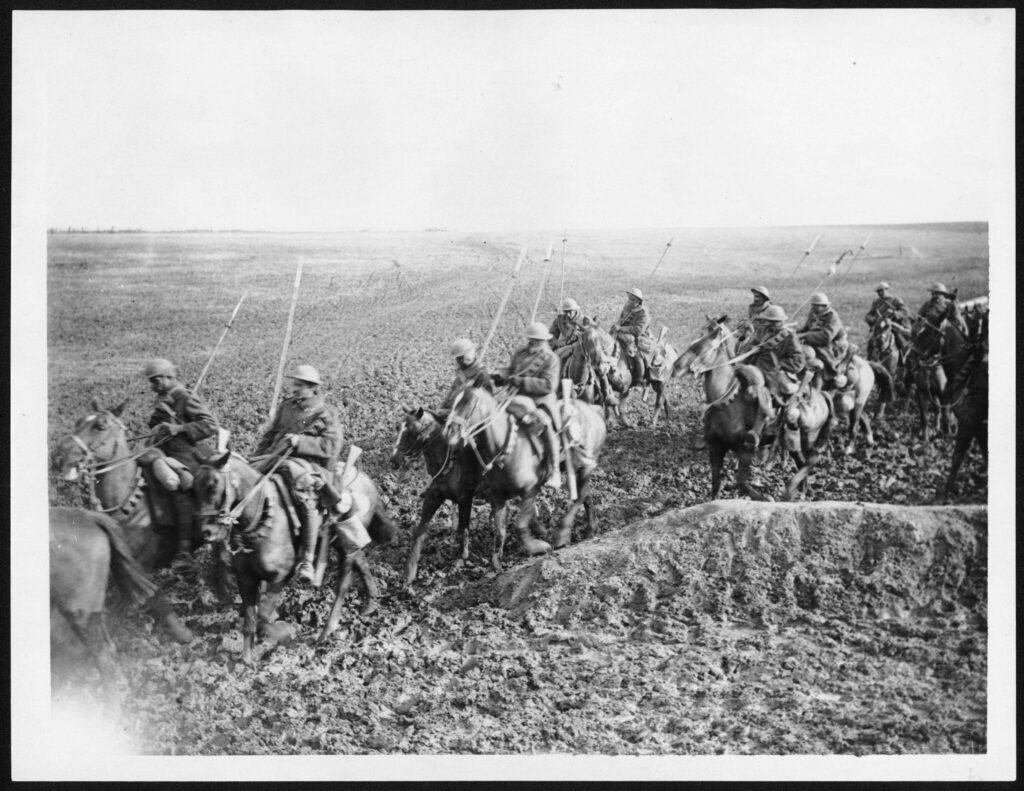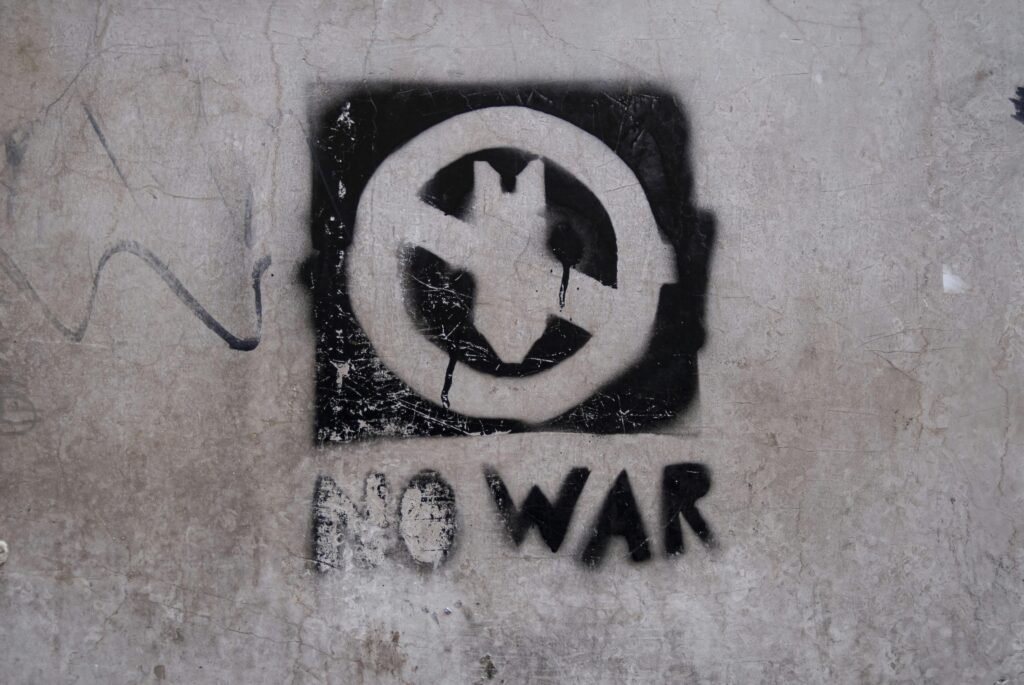When we think of medieval conflicts, grand battles between kings and armies often come to mind. Yet, tucked away in the rich tapestry of Italian history is a curious and lesser-known confrontation that captures both the spirit and the peculiarities of the era: The War of the Oaken Bucket. This extraordinary clash, rooted in local rivalries and driven by a seemingly mundane object—a wooden bucket—offers a fascinating glimpse into the fierce pride and political tensions of medieval Italian city-states. In this article, we’ll delve into the origins, the unfolding, and the lasting legacy of this intriguing episode, shedding light on how a simple bucket sparked a war that echoed far beyond its humble beginnings.
Table of Contents
- The Origins and Political Context of the War of the Oaken Bucket
- Key Battles and Tactical Maneuvers that Defined the Conflict
- Cultural Impact and Legacy in Italian History
- Lessons from the War of the Oaken Bucket for Modern Conflict Resolution
- In Conclusion
The Origins and Political Context of the War of the Oaken Bucket
In the backdrop of 14th-century northern Italy, fierce rivalries between city-states were common, often fueled by economic competition, territorial ambitions, and deep-seated historical animosities. The War of the Oaken Bucket emerged from the ongoing conflict between the Guelph-aligned city of Bologna and the Ghibelline-supporting Modena. These two powerful municipalities had clashed numerous times over control of trade routes and regional influence, each representing contrasting political factions within the fragmented Italian peninsula. The Guelphs generally backed the papacy, advocating for the Church’s power, while the Ghibellines aligned themselves with the Holy Roman Emperor, pushing for imperial authority. This ideological divide set the stage for numerous skirmishes and battles, making even a seemingly trivial event a spark for a much larger confrontation.
The infamous contention that led to this war—a stolen wooden bucket from a Modenese well—symbolizes more than just petty theft; it epitomizes the intense local pride and honor that defined medieval Italian politics. Beyond the immediate act, several underlying tensions contributed to the eruption of armed conflict:
- Strategic control over vital resources and water supplies essential for agriculture and industry.
- Decades of unresolved feuds and retaliations which exacerbated mutual distrust between Bologna and Modena.
- Political alliances with powerful external actors that emboldened each city to assert dominance.
- Economic rivalry over trading privileges in the fertile Po Valley region.
Together, these factors fused with a local grievance to ignite one of the more colorful yet telling episodes of medieval Italian warfare, reflecting how symbolism and power politics intertwined during this era.
Key Battles and Tactical Maneuvers that Defined the Conflict
At the heart of this medieval clash was the fiercely contested Battle of Montaperti, where strategic ingenuity shaped the fate of the warring factions. The Guelphs, defenders of Florence, initially relied on straightforward aggression, aiming to leverage their numerical superiority. However, the Ghibellines from Siena employed cunning tactics, exploiting the challenging terrain of the Tuscan countryside. Their use of ambushes in the thick woodlands surrounding the battleground disrupted the Florentine formations, turning what seemed like a direct confrontation into a war of attrition and psychological warfare. This battle is often remembered for its deft use of terrain and deception that allowed a smaller, seemingly outmatched force to gain a decisive edge.
Behind the scenes, several key maneuvers steered the course of the war beyond just open combat. The Ghibellines orchestrated covert alliances and skillful use of espionage, which undermined the unity of the Florentine coalition. Critical moments included:
- Nighttime raids that weakened supply lines and morale among Florentine troops.
- Deployment of hidden reinforcements that struck at vulnerable points during crucial phases of battle.
- Psychological tactics, including the infamous capture of an oaken bucket from a rival’s fortress, symbolizing both dominance and provocation.
These carefully executed moves reflect not just brute force but the medieval art of warfare as a dance of strategy, cunning, and resolve, etching the War of the Oaken Bucket into the annals of Italian history as a masterclass in conflict management.
Cultural Impact and Legacy in Italian History
The War of the Oaken Bucket transcended its immediate political context to become a defining chapter in the collective memory of medieval Italy. By symbolizing fierce local pride and rivalry, it influenced cultural narratives that historians and storytellers have revisited for centuries. This conflict helped cement the identities of city-states like Modena and Bologna, serving as a potent reminder of the intense civic loyalty that characterized Italian urban life during this era. The legendary stealing of a simple oaken bucket evolved into a metaphor for resistance and ingenuity, inspiring works of literature, art, and folklore that continue to echo the spirit of medieval Italian resilience today.
Its legacy can also be seen in modern cultural events and traditions, where towns commemorate this historic tussle through festivals, reenactments, and educational programs. These activities not only celebrate historical heritage but also promote community cohesion and local tourism. Key elements preserved through this legacy include:
- Artistic depictions ranging from Renaissance paintings to contemporary murals capturing the drama of the battle.
- Literary adaptations that integrate the war’s themes of honor and rivalry into broader historical narratives.
- Civic ceremonies that emphasize unity through shared history and a competitive yet respectful spirit between former adversaries.
Lessons from the War of the Oaken Bucket for Modern Conflict Resolution
While the War of the Oaken Bucket may appear as a quaint medieval squabble, it offers enduring insights into the complexities of conflict resolution today. One of the most striking lessons is the importance of symbolic acts in escalating or de-escalating tensions. The theft of an ordinary bucket, emblematic of civic pride and rivalry, became a catalyst for a war. Modern conflicts, whether between nations or within communities, often hinge on gestures that carry deep symbolic weight. Recognizing and addressing these symbolic dimensions early can prevent disproportionate responses and foster understanding before disputes spiral out of control.
Additionally, the war underscores the value of local diplomacy and communication channels. The dispute might have been managed through dialogue and negotiation had there been established mechanisms for conflict resolution between the rival city-states. Today’s global environment, rife with cultural and political diversities, benefits from building strong, open lines of communication at grassroots and governmental levels alike. Lessons from this medieval clash remind us to:
- Prioritize dialogue over aggression to address misunderstandings promptly.
- Understand the cultural and historical context behind actions to avoid misinterpretation.
- Develop symbolic gestures of peace to replace potentially inflammatory acts.
- Enable community-level diplomacy to manage disputes before escalation.
In Conclusion
In the end, the War of the Oaken Bucket stands as a fascinating example of how seemingly trivial disputes can escalate into significant historical events. Beyond the humorous imagery of clashing over a wooden bucket, this medieval conflict reveals the intense rivalries and complex political landscape of Italy during that era. Understanding this clash offers a unique window into the social and military dynamics of the time, reminding us that history often hides its most compelling stories in the most unexpected places. Whether you’re a history buff or just curious about medieval Italy, the tale of the Oaken Bucket is a vivid reminder of how legend and reality intertwine in the annals of the past.




